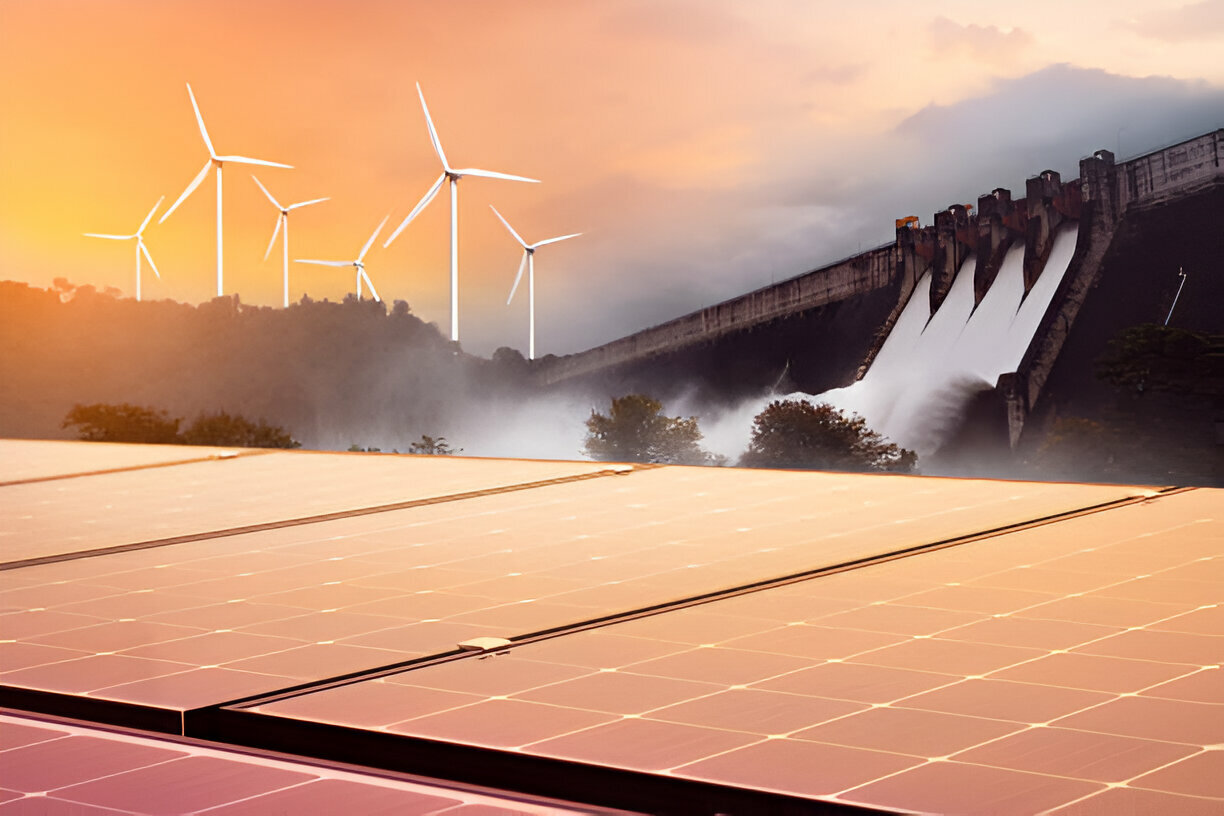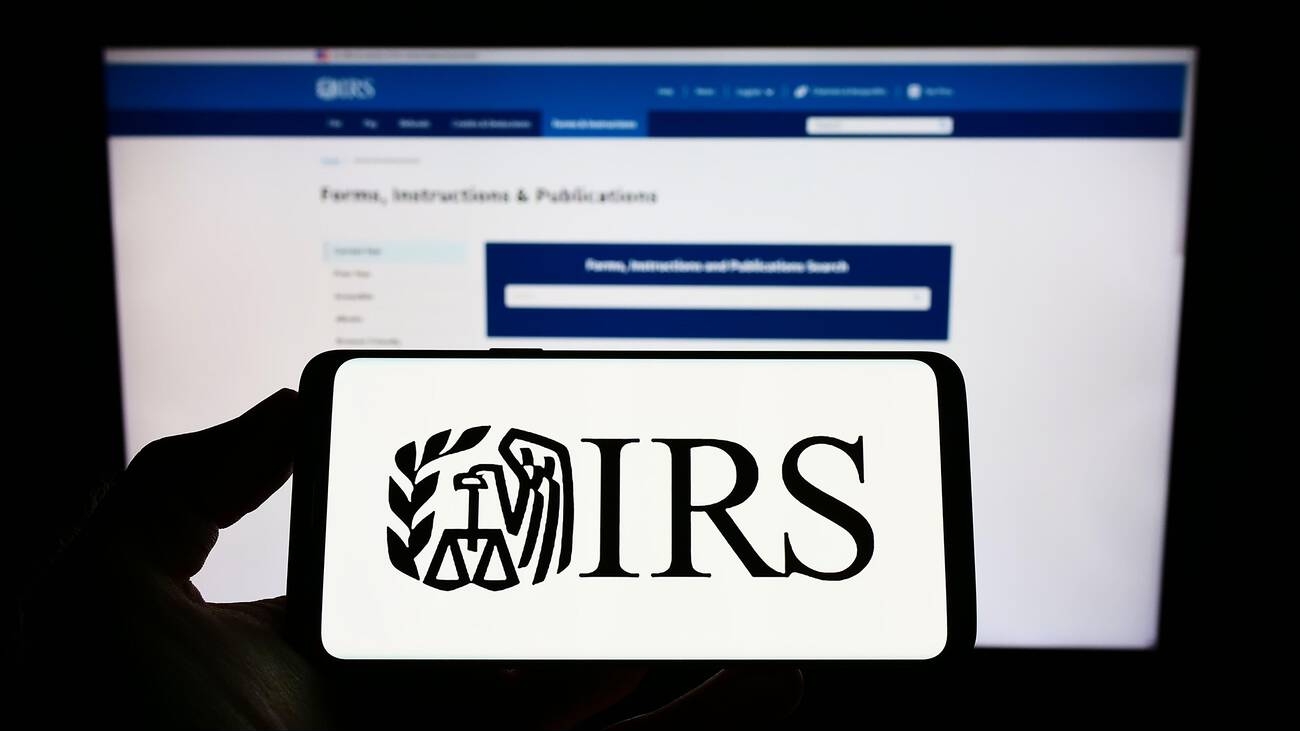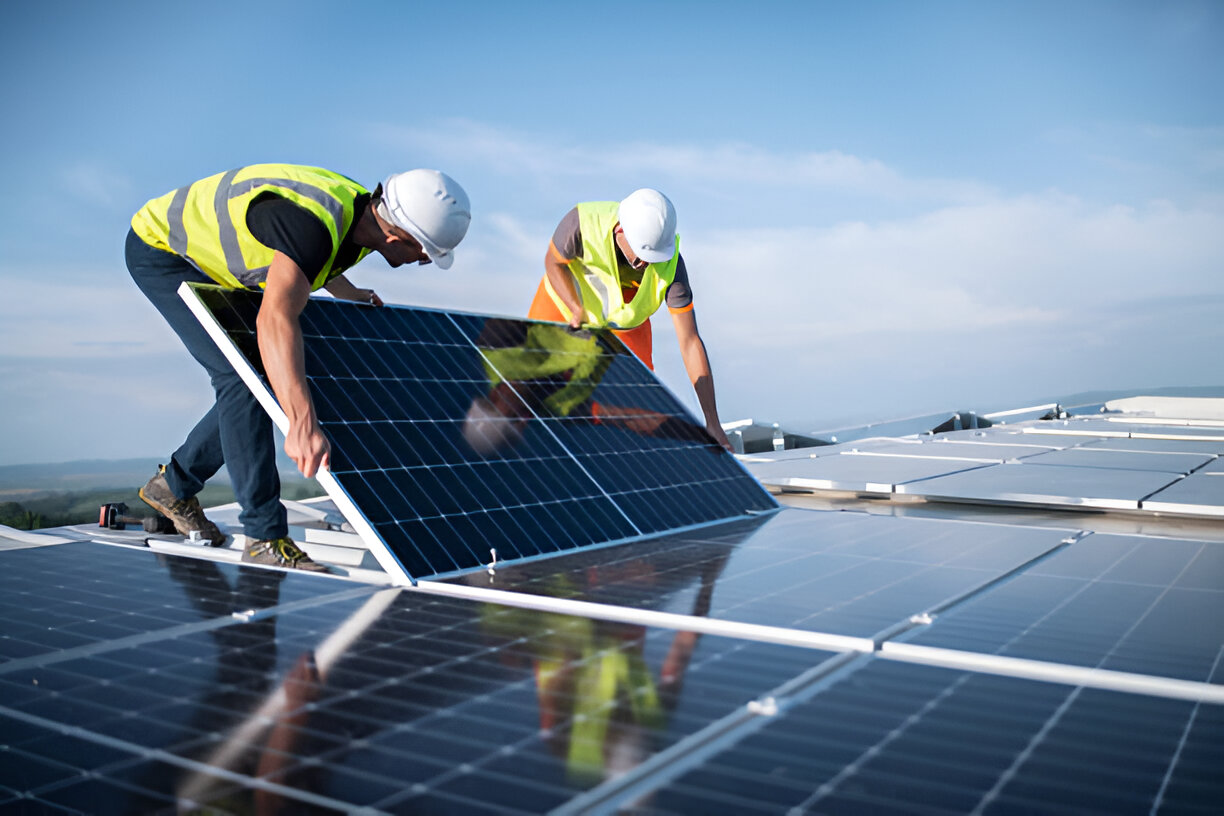Proposed guidance issued Wednesday by the Treasury Department and the IRS explains how eligible facilities can qualify for “technology-neutral” clean electricity tax credits under the Inflation Reduction Act.
The 2022 tax-and-climate law sunsets the existing Production Tax Credit (Section 45 of the tax code) and Investment Tax Credit (Section 48) by limiting their availability to projects beginning construction before 2025. Instead, the new Clean Electricity Production Credit (Section 45Y) and the Clean Electricity Investment Credit (Section 48E) will be available for projects placed in service after Dec. 31, 2024.
The tech-neutral tax credits provide incentives to any clean energy facility that achieves net-zero greenhouse gas emissions, giving these facilities the ability for new zero greenhouse gas emissions technologies to develop over time, while also offering longer-term certainty to investors and developers of clean energy projects, according to the Treasury Department.
“The clean electricity tax credits created under the Inflation Reduction Act provide certainty to the market and are poised to drive substantial further growth and lower utility bills over the long run,” Treasury Secretary Janet Yellen said in a statement on May 29.
The proposed guidance identifies specific technologies that meet the environmental standards under the Inflation Reduction Act and would categorically qualify as zero greenhouse gas emissions for the purposes of the Clean Electricity Production Credit and Clean Electricity Investment Credit. Those technologies include:
- Wind;
- Solar;
- Hydropower;
- Marine and hydrokinetic;
- Nuclear fission and fusion;
- Geothermal; and
- Certain types of waste energy recovery property.
The proposed guidance also clarifies how energy storage technologies would qualify for the Clean Electricity Investment Credit.
The statute requires that clean energy technologies that rely on combustion or gasification to produce electricity undergo a lifecycle greenhouse gas analysis to demonstrate net-zero emissions, according to the Treasury Department.
“The proposed rules released today seek comment on a range of important questions related to this required lifecycle analysis for combustion and gasification technologies,” the Treasury Department said. “Treasury, in consultation with interagency experts, will carefully review comments received and continue to evaluate how additional clean energy technologies, including combustion and gasification technologies, will be able to qualify for the clean electricity credits.”
These proposed rules generally follow rules from the existing Production and Investment Tax Credits to guide developers as they move forward with clean energy production projects. The guidance proposes that “any future changes to the set of technologies that are designated as zero greenhouse gas emissions or the designation of lifecycle analysis models that may be used to determine greenhouse gas emissions rates must be accompanied by an analysis prepared by the U.S. Department of Energy’s National Labs, in consultation with agency technical experts and other experts,” the Treasury Department said.
The guidance also proposes a process by which taxpayers can request a Provisional Emissions Rate, which the Energy Department would administer in consultation with the National Labs and other experts as appropriate.
The proposed rules also provide clarity on the inclusion of costs of interconnection-related property for lower-output clean energy facilities that take the Clean Electricity Investment Tax Credit.
“They can be a major obstacle to faster clean energy deployment, include the costs of upgrades to local transmission and distribution networks that are necessary to connect the facility to the grid,” Treasury said. “The proposed rules continue the approach taken in the proposed rules for the Section 48 Investment Tax Credit, which was modified by the Inflation Reduction Act to cover qualified interconnection costs.”
Ray Long, president and CEO of the American Council on Renewable Energy, called the proposed guidance “a game-changing policy for all Americans seeking affordable, reliable, and clean electricity.”
“The technology-neutral tax credit simplifies the tax code and is expected to lower the average annual electric bill by $29 to $74 per household in the next six years and $42 to $95 by 2035. This amounts to tens of billions of dollars in electricity cost savings for U.S. families,” he said in a statement. “The tax credit increases American energy security and reliability by deploying new clean electric generation from wind, solar, battery storage, and other zero-carbon technologies. Analysis has shown that by 2035, clean energy capacity will increase by up to 50%. From this clean energy deployment, our environment will be substantially cleaner. By 2035, carbon emissions are expected to drop 43% to 73% below 2022 levels.”
Public comments on the proposed guidance will be accepted for 60 days following publication in the Federal Register, and a public hearing is scheduled on Aug. 12 and 13.
Thanks for reading CPA Practice Advisor!
Subscribe Already registered? Log In
Need more information? Read the FAQs




